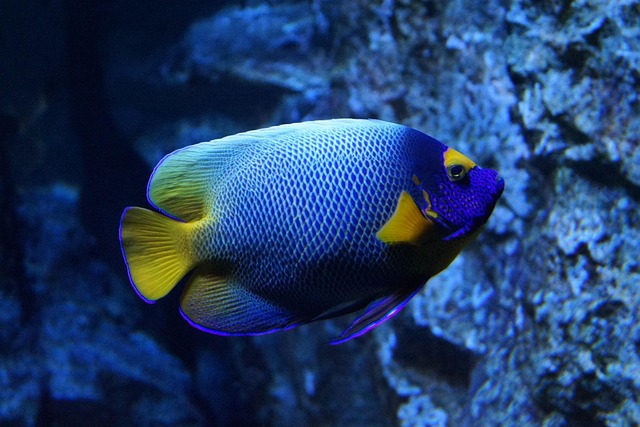Florence sea lions have historically connected local tribes and shaped folklore through cave interactions. The Sea Lion Caves, formed by millennia of coastal erosion, are a natural wonder home to these mammals. In the 1900s, they became a tourist draw, boosting local economy while conservation efforts ensured their protection. Today, Florence sea lions inspire awe in popular culture, driving tourism and fostering environmental awareness. Balancing tourism and conservation, the caves aim for sustainable growth, offering innovative experiences that captivate visitors globally.
“Uncover the captivating history of the Florence Sea Lion Caves, a natural wonder that has enchanted visitors for generations. This article explores the early records of sea lions in the region, delves into the caves’ formation, and traces their rise as a tourist attraction. We examine conservation efforts, the impact of popular culture, and gaze towards the future of these marine mammals and their habitat. Discover why Florence’s sea lions are more than just a tourist draw, but a symbol of our region’s unique natural tapestry.”
- Early Records of Sea Lions in Florence
- The Formation of the Caves: Natural Wonders
- Emergence as a Tourist Attraction
- Conserving the Species and Habitat
- Popular Culture's Influence on Visitors
- Future of Florence Sea Lion Caves
Early Records of Sea Lions in Florence
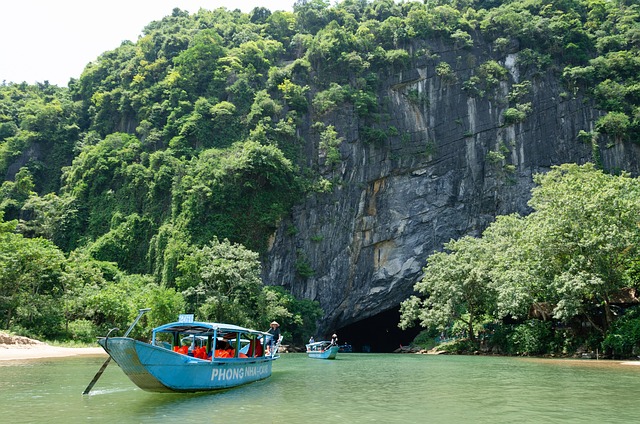
The early records of Florence’s sea lion population date back centuries, providing a fascinating glimpse into the region’s maritime history and wildlife interactions. Local indigenous tribes, such as the Siuslaw people, have long had a connection to these majestic creatures. Historical accounts suggest that these tribes regularly engaged with sea lions, using them for food and other resources. The caves along the Oregon coast, where sea lions would gather, likely served as significant meeting places and hunting grounds for these indigenous communities.
These early interactions formed a unique bond between humans and sea lions in Florence. The caves became integral to local folklore and traditions, with stories passed down through generations about the intelligent and curious nature of these marine mammals. As European settlers arrived, the sea lion population faced new challenges, but their presence continued to shape the cultural fabric of this coastal town, leaving behind a rich history intertwined with the majestic Florence sea lions.
The Formation of the Caves: Natural Wonders
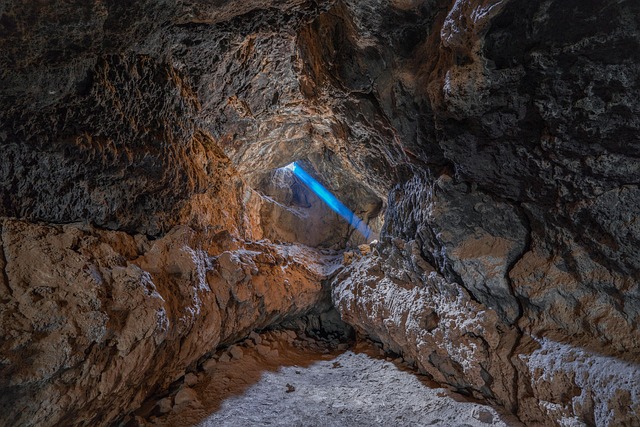
The stunning Sea Lion Caves near Florence, Oregon, are a natural wonder that has captivated visitors for decades. These unique caves were formed over millennia by the relentless power of ocean waves eroding the soft rock coastline. The process began with the creation of sea stacks—towering columns of rock left behind as the sea slowly carves away at the shore. Over time, the constant pounding of waves on these stacks led to the formation of caves and crevices within them.
The Florence sea lions have made these caves their home for centuries, attracted by the protective habitat they offer from predators and the abundant food sources in the nearby ocean. The caves’ formation and the lions’ reliance on them highlight the delicate balance between nature’s forces and the creatures that adapt to them. This symbiotic relationship has made Sea Lion Caves a must-see destination for tourists and a cherished natural landmark for locals.
Emergence as a Tourist Attraction

In the early 1900s, the coastal town of Florence, Oregon, began to attract visitors with a unique natural wonder: the sea lion caves. What started as a local curiosity soon emerged as a significant tourist attraction. The area’s rugged beauty and the presence of these majestic marine mammals drew people from near and far. Tourists were captivated by the sight of sea lions basking on the rocky shores, their silhouettes etched against the dramatic backdrop of the Oregon Coast.
The Florence sea lions became a symbol of the region’s natural charm, fostering a sense of curiosity and conservation among visitors. As word spread, organized tours began to operate, providing safe and accessible viewing opportunities. This shift not only boosted local tourism but also raised awareness about marine life conservation efforts, ensuring the protection of these iconic creatures for future generations to appreciate.
Conserving the Species and Habitat
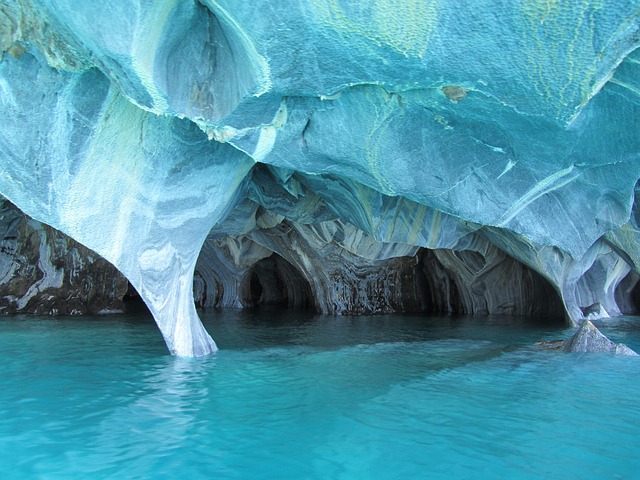
The Florence Sea Lions, a beloved local attraction, has always been more than just a scenic spot; it’s a responsibility to protect and conserve. As the population of sea lions faces various threats, from food scarcity to habitat destruction, the management of Sea Lion Caves takes this conservation role seriously. Their efforts extend beyond simply observing these marine mammals; they actively contribute to research and education initiatives aimed at enhancing the survival of Florence sea lions.
Through partnerships with marine biologists and conservation organizations, Sea Lion Caves promotes sustainable practices that safeguard the natural habitat of these creatures. By raising awareness among visitors about the ecological balance, the attraction fosters a deeper understanding of the interconnectedness of ocean ecosystems. This commitment to conservation ensures that future generations can continue to enjoy and appreciate the unique beauty of Florence sea lions in their natural environment.
Popular Culture's Influence on Visitors
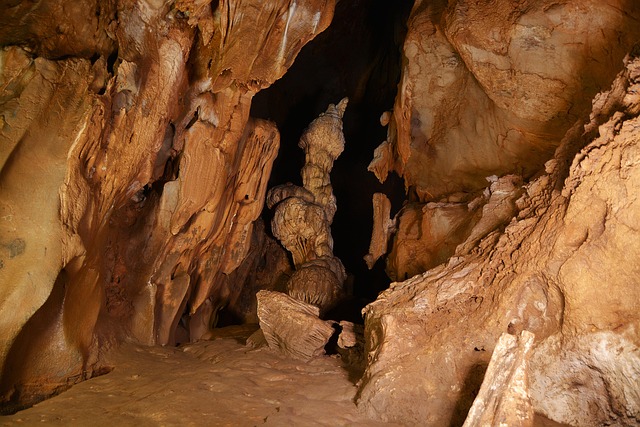
The allure of Florence Sea Lions has been enhanced by its frequent appearances in popular culture, drawing visitors from all corners intrigued by these majestic creatures. Movies, documentaries, and social media posts showcasing the caves’ unique setting have sparked a sense of wonder, turning it into a must-visit destination for tourists seeking an unforgettable experience. This exposure has not only increased awareness about the local ecosystem but also fostered a deeper connection between visitors and the sea lions, making their encounter at the caves memorable.
Through these cultural influences, Florence Sea Lions have become more than just a natural attraction; they’ve transformed into iconic symbols, inspiring fascination and respect for marine life. This interplay between popular culture and tourism has played a significant role in shaping the visitor experience, ensuring that each trip to the caves offers a glimpse into the rich tapestry of both nature and human imagination.
Future of Florence Sea Lion Caves
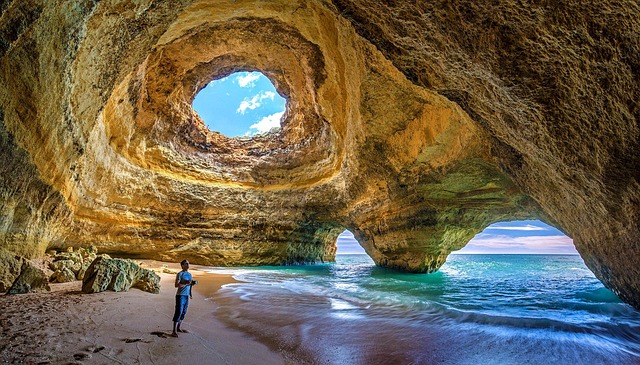
The Florence Sea Lion Caves, a beloved local attraction and unique natural wonder, hold immense potential for future growth and ecological education. As conservation efforts continue to protect the thriving sea lion population, the caves could become an even more prominent hub for marine life observation and research. With sustainable practices in place, the attraction can welcome larger audiences while minimizing environmental impact. Imagine enhanced visitor experiences through innovative tour formats, such as guided cave excursions or educational programs focused on local marine ecosystems.
The future of Florence Sea Lion Caves lies in balancing tourism and conservation seamlessly. By embracing technology to enhance storytelling and providing platforms for community engagement with marine experts, these caves can offer dynamic insights into the lives of sea lions while ensuring their long-term survival. This harmonious coexistence will solidify the attraction’s reputation as a model for sustainable ecotourism, attracting both local and international visitors eager to witness and understand the wonders beneath the surface.
